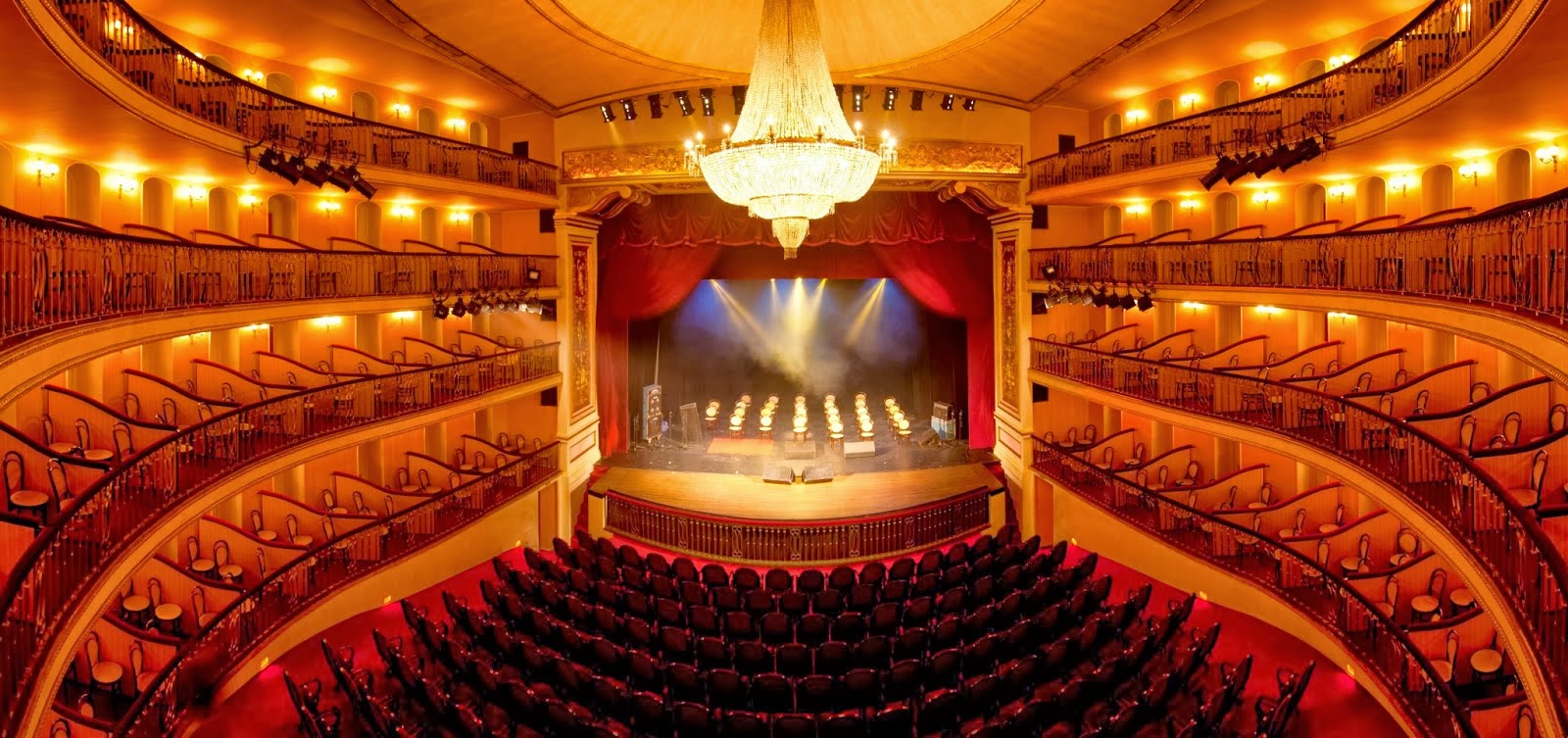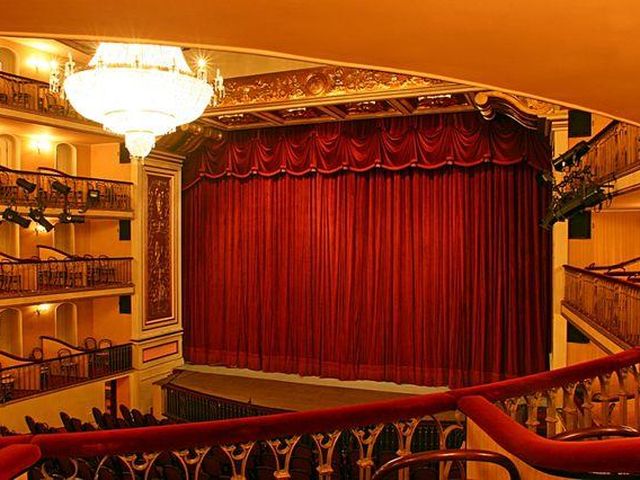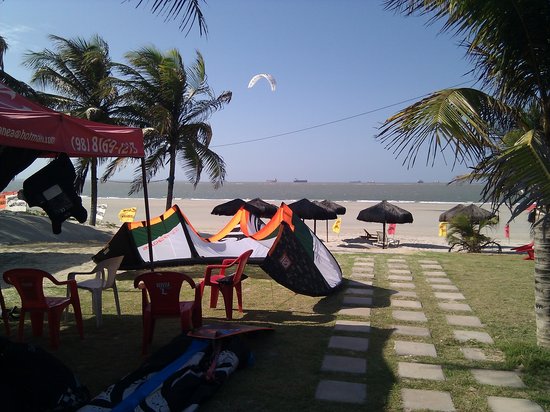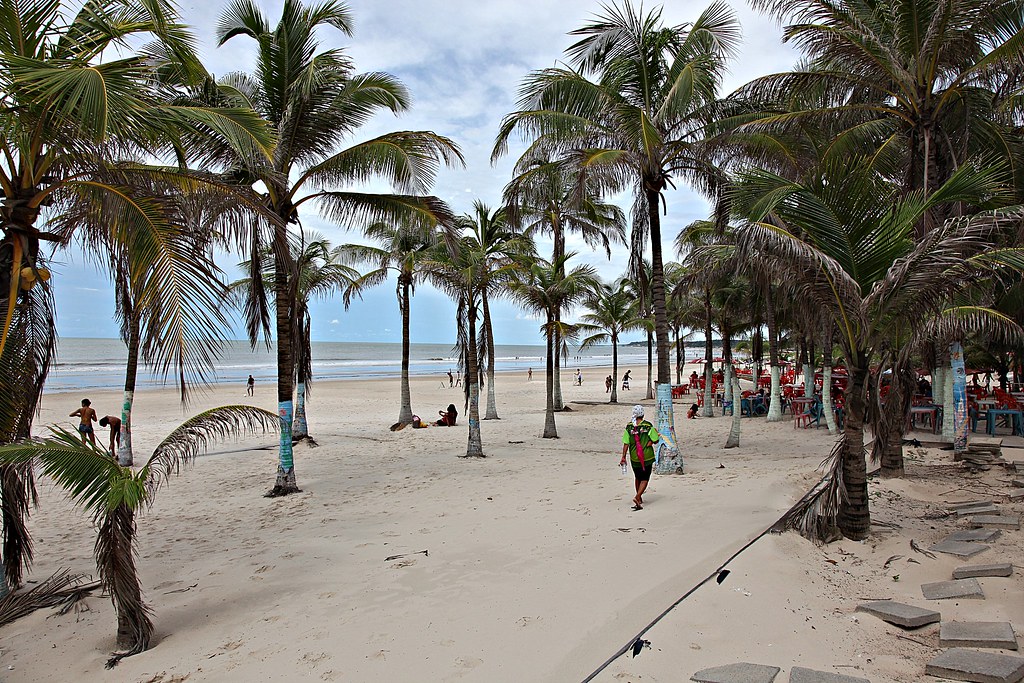IN THE 1980s an American anthropologist, Nancy Scheper-Hughes, carried out fieldwork in Timbaúba, a town in the sugar belt of Pernambuco state, in Brazil’s north-east. She described a place seemingly resigned to absolute poverty. The back-breaking task of cutting sugar cane by machete provided ill-paid work for only a few months of the year. The deaths of young children from disease and hunger were accepted “without weeping”.
Traces of that bitter world survive in Timbaúba. In Alto do Cruzeiro, a poor suburb on a hilltop overlooking the town, Severina da Silva, a maid who also runs a shop in her living room, says that some people still go hungry. She is 48 but looks 20 years older. A 31-year-old cane cutter nicknamed “Bill” has six children—a throwback to the days when people had big families instead of pensions. But Bill has a labour contract, with full rights; he gets a stipend and a small plot from the state government to see him through the idle months.
That is part of a broader social safety net provided by democracy in Brazil. It includes non-contributory pensions for rural workers. Some 6,000 of the town’s poorest residents take part in Bolsa Família, a cash-transfer scheme started by Luiz Inácio Lula da Silva, Brazil’s president from 2003-10, who was born near Timbaúba. Thanks partly to this cash injection, the town now boasts car and motorbike dealers, new shops, a bank and restaurants.
That is a ripple from a broader flood of investment that has made Pernambuco one of Brazil’s fastest-growing states. Once Europe’s most lucrative Atlantic colony, it languished for centuries. While sugar estates on the plains of São Paulo mechanised with world-beating efficiency, those in Pernambuco’s rolling hills struggled.
Revival began with a new port at Suape, south of Recife. Its hinterland is now a sprawling industrial complex. Some 40,000 workers are building a vast oil refinery and petrochemical plants for Petrobras, the state-controlled oil company. A new shipyard and wind-power plants rise among the mangroves.
Suape is a monument to federal money, industrial policy and an alliance between Lula and Eduardo Campos, Pernambuco’s ambitious governor. But the state’s boom goes wider. Rising incomes have helped Mr Campos attract private investment. Fiat is to start work on a car plant beside the main road north of Recife. A host of smaller food, textile and shoe factories are now setting up in the state’s poor interior, including Timbaúba. While the rest of Brazil worries about deindustrialisation, Pernambuco does not: since Mr Campos became governor in 2007, industry’s share of the state’s economy has risen from 20% to 25%, and will reach 30% by 2015, he says.
This boom has brought nearly full employment—and created an acute skills shortage. The refinery is years behind schedule, as is the shipyard’s order book, partly because illiterate former cane-cutters make poor welders.
To try to remedy that, Mr Campos has teamed up with the Institute for Co-Responsibility in Education (ICE), a private educational foundation, to reform the state’s middle schools. More than 200 of these now operate an eight-hour day, rather than the four-hour shifts common in Brazil. In return, the government has raised teachers’ salaries and added bonuses tied to results. It is also trying to chivvy mayors into improving primary schools through extra funds and other incentives. That is vital: on average, pupils arrive in middle schools aged 15 with a three-year learning deficit, says Marcos Magalhães, ICE’s founder. Pernambuco is rising up the rankings of state educational performance.
Mr Campos’s critics say he should do more to tackle poverty. Alongside the opulent residential blocks towering over its palm-fringed beaches, Recife has 600 favelas (slums), and its lagoons are fetid with untreated sewage. He replies that his government is doing what it can to help the generation scarred by the poverty of cane-cutting, particularly in the drought-stricken semi-desert region farther inland. But his bold bet is that infrastructure, private investment and better education will eliminate the causes of his state’s misery. “We are turning off the flow of poverty while looking after the stock,” he says, using his trademark management-speak.
So far that bet has paid off. Mr Campos won a second term in 2010, and his Brazilian Socialist Party did well in this month’s municipal elections, in Pernambuco and beyond. He is nominally an ally of Dilma Rousseff, Lula’s successor as president. But he is also a potential threat to her winning a second term at the 2014 election.
Mr Campos was born into politics. Miguel Arraes, his grandfather, was an old-fashioned socialist and Pernambuco’s governor both before and after Brazil’s 1964- 85 military dictatorship. Mr Campos says Arraes taught him that politics is about “bringing people together, rather than dividing them.” Some in Recife complain that he has learned that lesson too well and become a modern version of a traditional north-eastern coronel (political boss), shrinking from challenging the old rural order, trading support for jobs and favours and freezing out dissenters.
But his defenders say he gets things done. He was lucky that his less-heralded predecessor laid the foundations of Pernambuco’s renaissance. He has built on them by modernising the state. He faced down the trade unions over school reform and brought private managers to state hospitals. He has set hundreds of targets for his administration, and harries his aides to achieve them. One that he recognises he must meet—or pay a political price—is to finish a new football stadium in Recife in time for next year’s warm-up tournament for the 2014 World Cup. As both the main parties that have run Brazil since 1995 lack new faces, Mr Campos’s success in Pernambuco has turned him into the country’s most-watched politician.
Fonte: The Economist
















